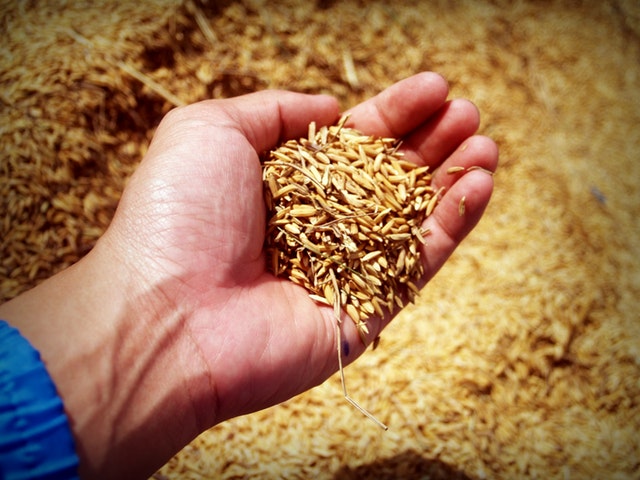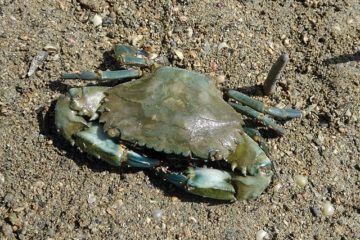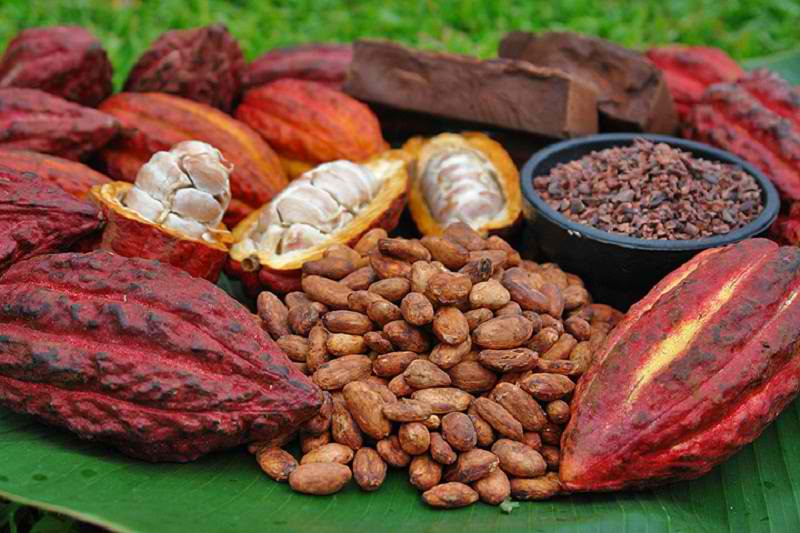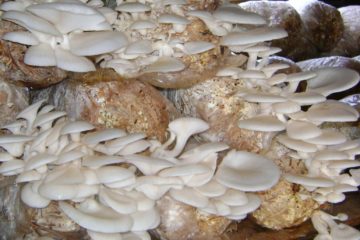EVALUATION OF ORGANIC MULCHING MATERIALS ON SELECTED HIGHLAND VEGETABLES

Helen B. Castillo and Joyce Jean O. Bacayan
Agriculturist II and Laboratory Technician II
BPI-BNCRDPSC, Guisad, Baguio City
ABSTRACT
The study was conducted in BPI-Buguias Seed farm and BPI-Baguio experimental farm from December 2013 to March 2016 using lettuce (var.Xanadu, Romaine type) and broccoli (var. Legacy) to evaluate the effects of mulching materials on lettuce and broccoli; identify the appropriate mulching material for lettuce and broccoli; determine the effects of mulching materials on the soil; and compare the profitability of using mulching materials for selected highland vegetables.
Mulching materials such as fern (Pteridium esculentum), sunflower (Tithonia diversifolia), alnus (Alnus sp.) and grass (Spergulla arvensis) were mulched on lettuce and broccoli. Mulching of sunflower leaves enhanced the production of highest marketable yield and lowest non-marketable yield on lettuce and broccoli. Its application initiated longer and most number of leaves on lettuce, enhanced production of widest curds on broccoli, and suppressed weed growth leading to the lowest weed population count on both crops may be due to its allelopathy effect. Further, mulching sunflower leaves increased potassium content of the soil after harvest due to its easy decomposition while grass mulch retained or conserved the highest soil moisture in broccoli plots. Control produced the lowest marketable yield and registered the lowest soil moisture retained but with highest weed population count in both crops.
Return on investment was highest in mulching sunflower leaves on lettuce and broccoli with 134.55 and 146.33%, respectively, followed by mulching alnus leaves.


